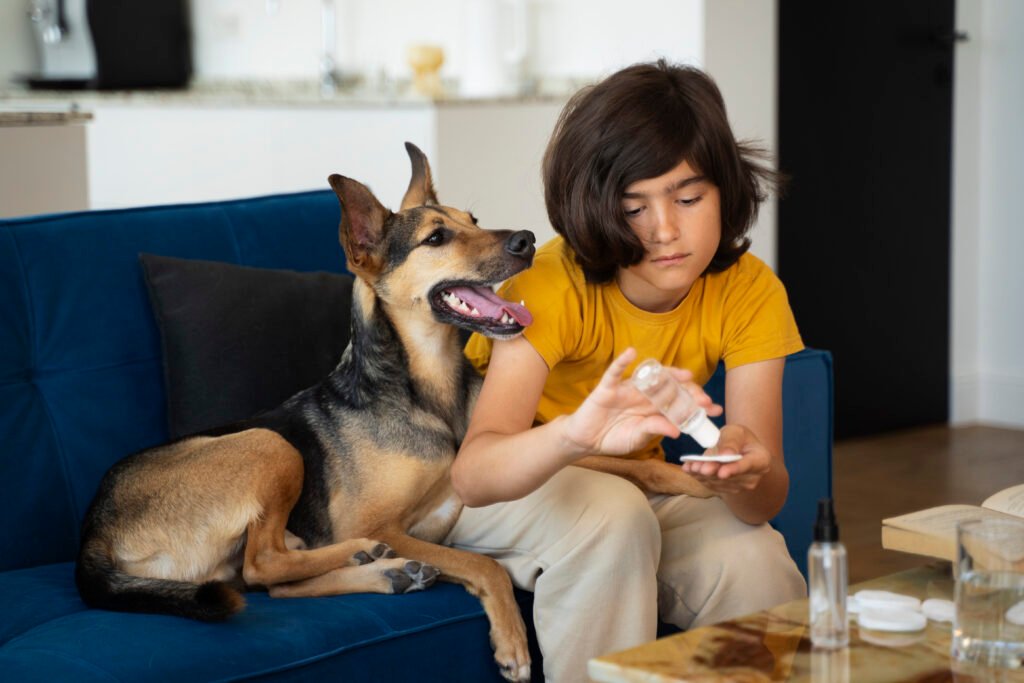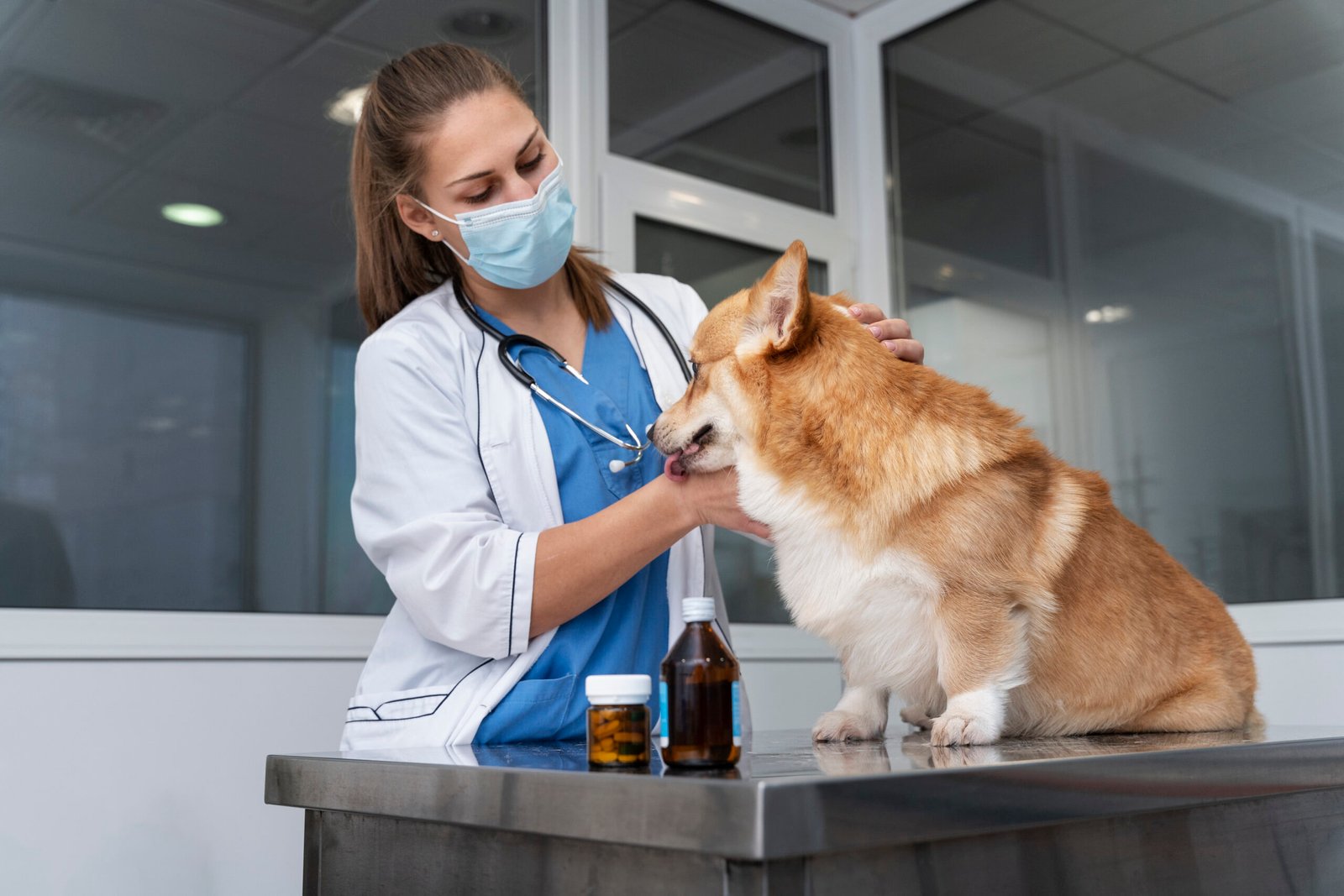Introduction
Originally created as a human anticonvulsant. Neurontin has made its way into veterinary medicine, where it is mostly used to treat severe pain in dogs. This type of pain may be reduced by its way of action.which involves changing calcium channels in the nervous system. Doctors of veterinary have been using gabapentin as an adjuvant treatment for a number of dog problems over time. The complete review covers the results, protection amount, and possible side effects of gabapentin in patients who are dogs.
Understanding Gabapentin For Dogs
The hormone gamma is a neuron. Gabapentin, also known by its chemical name 1-(aminomethyl)cyclohexaneacetic acid, is an internal analogue of GABA. Gabapentin does not, however, directly interact with GABA receptors as do GABA boosters. In fact, it links to the central nervous system’s voltage-gated calcium channels’ α2δ part. Which reduces the release of nerve chemicals that stimulate.
Efficacy in Canine Pain Management
Dogs with an ongoing pain—whether from nerve damage. The condition, or other conditions—have a far lower quality of life. That is, gabapentin is known to be a good remedy for nerve pain. Study shows that it is able to decrease pain levels. Improve motion in dogs with bone loss and spinal disc degeneration. Also, gabapentin has been well included into multimodal analgesia methods for the control of pain during treatment.

Dosage and Administration
When finding the right amount of gabapentin to dogs. You need to take note of their size, medical histories, and special reactions of the medicine. Gabapentin is usually taken by mouth, or in the form of tasty drinks or tablets. Every eight to twelve hours, the starting dose may be changed. Based on side effects and response to treatment, ranging from 5 to 10 mg/kg. To avoid withdrawal effects, it’s important to carefully follow to medical advice and stop from removing the drug suddenly.
Safety Profile
When given in the right amounts, gabapentin is usually well tolerated by dogs. It does, however, have the potential for side effects just like any medication. Sedation, ataxia, and gastrointestinal problems are typical adverse effects. Rarely, dogs may encounter more serious adverse effects such hypersensitivity reactions or respiratory depression. Dogs that already have renal impairment should use gabapentin with caution since. The kidneys are the organs that mainly eliminate the medication unaltered.
Potential Drug Interactions
Compared to certain other drugs, gabapentin has very minimal interactions with other medications. Co-administering gabapentin with medications that depress the central nervous system. Like benzodiazepines or opioids, should be done with caution nevertheless, since this might intensify sedation and respiratory depression. Also, gabapentin may alter how well hydrocodone and other ants absorb, needing changes to dose schedules.

Clinical Considerations
Gabapentin may increase pain while limiting side effects when mixed with painkillers, physical therapy, nonsteroidal painkillers (NSAIDs), and other methods. Medical doctors need to closely assess the unique needs of every client and modify care methods properly. It is important to conduct regular checks for activity and side effects in order for success.
Future Directions and Research Needs
The drug gabapentin shows promise in treatment of dog pain. To assess the safety of gabapentin relative to other painkillers. And its role in specific cases such cancer pain, prospective, Randomised, controlled studies are important. Also, pk research may offer important information. About the uptake, metabolism, release, and intake of gabapentin in dogs of all ages and types.
Conclusion
Veterinarians can benefit greatly from this medication. Because to its proven effectiveness in treating chronic pain. Its mode of action, and its generally favourable safety profile. To reduce the possibility of side effects and guarantee. The best possible pain management, cautious dosage titration and monitoring are crucial. Veterinarians can enhance the quality of life for dogs with chronic pain by using gabapentin into individualised multimodal therapy strategies. Next Topic

